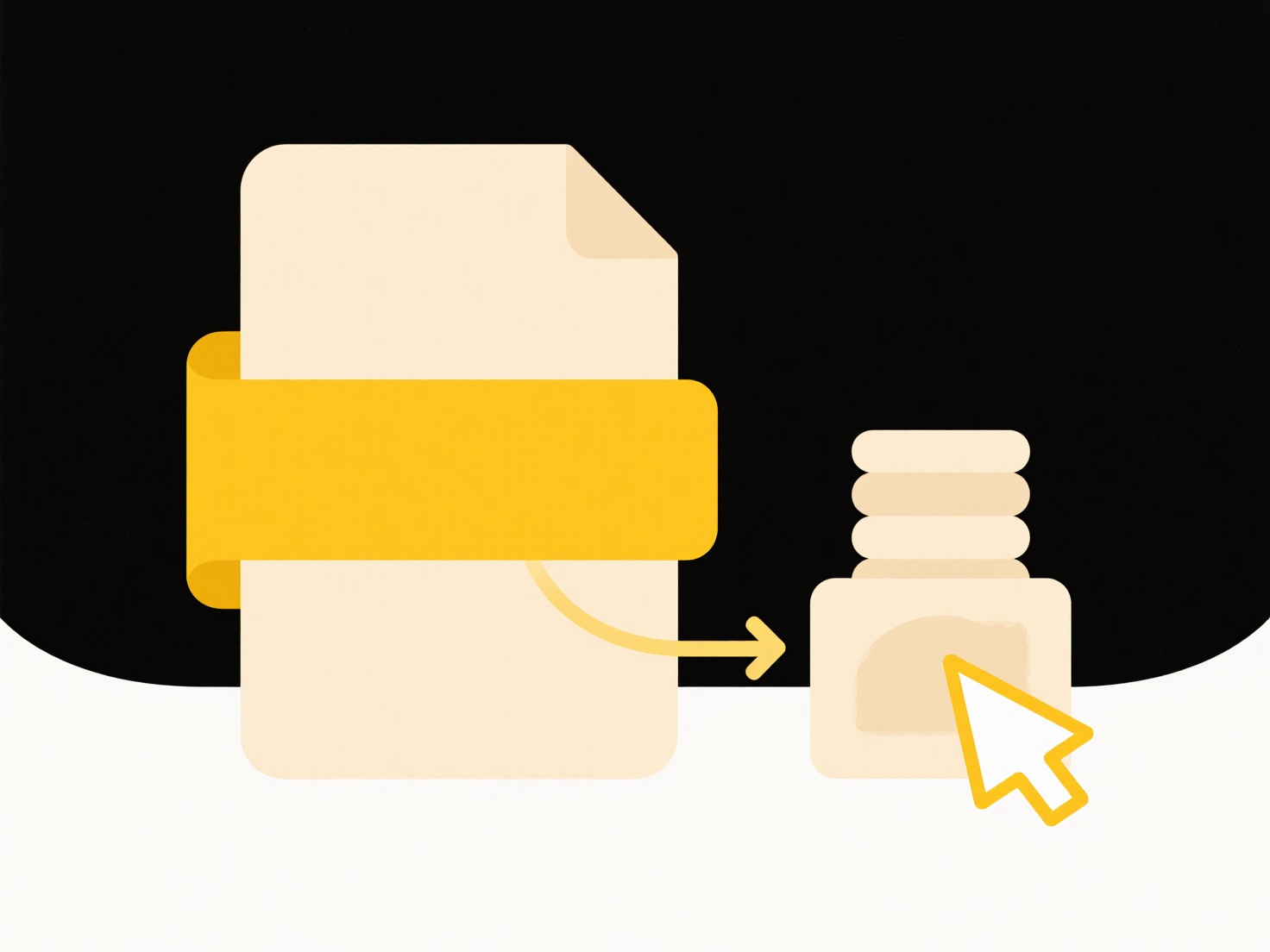
A file extension is a suffix at the end of a filename (e.g., .docx, .jpg) that indicates the file's format and tells your operating system which application should open it. When an extension is missing or incorrect, the system struggles to identify the file type correctly. The file's actual data remains intact; the extension is simply metadata, acting like a label instructing software how to interpret the bytes.

To recover the file, you can manually identify its likely format and change the extension. Methods include checking the file's known purpose (e.g., a document should be .docx or .pdf), using a text editor to look for identifiable header bytes (like %PDF- for PDFs), or utilizing built-in OS tools like the Linux file command. Dedicated tools like TrID or File Viewer Plus can also scan the file data ("magic numbers") to suggest the correct format, independent of the filename. This is often attempted when a document won't open in Word or an image fails to load in a viewer.
Recovering files this way is advantageous as it solves simple user errors without needing specialized recovery software. However, limitations exist: severely corrupted files or complex formats (like encrypted containers) might not be identifiable, and changing the extension doesn't repair actual data damage. Always create backups to prevent data loss, and verify file sources to avoid potential security risks when opening mislabeled files. Modern OS file explorers sometimes display file type information automatically, reducing this issue.
How do I recover a file with a missing or wrong extension?
A file extension is a suffix at the end of a filename (e.g., .docx, .jpg) that indicates the file's format and tells your operating system which application should open it. When an extension is missing or incorrect, the system struggles to identify the file type correctly. The file's actual data remains intact; the extension is simply metadata, acting like a label instructing software how to interpret the bytes.

To recover the file, you can manually identify its likely format and change the extension. Methods include checking the file's known purpose (e.g., a document should be .docx or .pdf), using a text editor to look for identifiable header bytes (like %PDF- for PDFs), or utilizing built-in OS tools like the Linux file command. Dedicated tools like TrID or File Viewer Plus can also scan the file data ("magic numbers") to suggest the correct format, independent of the filename. This is often attempted when a document won't open in Word or an image fails to load in a viewer.
Recovering files this way is advantageous as it solves simple user errors without needing specialized recovery software. However, limitations exist: severely corrupted files or complex formats (like encrypted containers) might not be identifiable, and changing the extension doesn't repair actual data damage. Always create backups to prevent data loss, and verify file sources to avoid potential security risks when opening mislabeled files. Modern OS file explorers sometimes display file type information automatically, reducing this issue.
Quick Article Links
Can I save confidential files securely on a shared computer?
Saving confidential files on a shared computer securely requires special precautions. Unlike storing files privately on ...
Can I block users from printing a shared file?
No, you cannot directly prevent printing of a shared file itself once it's downloaded to a user's device. Blocking print...
What’s the best way to name image or media files?
The best way to name image or media files involves using descriptive, consistent, and meaningful labels. Good filenames ...